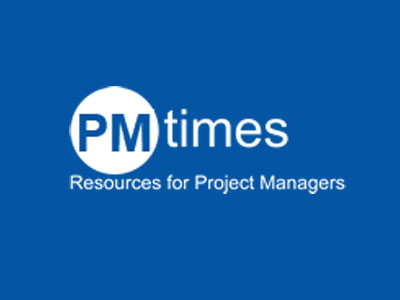Published in “Project Times” website, October 30, 2013
Click here for original article.
Volatility is the new norm in today’s new normal business environment. Complexity increases with each day – supply chains are more complex, risk and security issues are prevalent, natural disasters and political strife is commonplace, new technologies drive enhanced functionality and business models (such as e-commerce) yet create new complexity and the list goes on. In order to survive, companies must become adept at managing volatility and complexity. On the other hand, those companies who thrive will simplify!
Of course, project results are more vital than ever before for those companies focused on profitable growth. Yet we are in a new time. Thus, it is critical that we throw out the old paradigms, starting with the need for complex project timelines. I’ve yet to run across a client who doesn’t get enamored with complexity – it can be fun to untangle the complexity web. However, in my experience as a global business consultant and former Operations and Project Management Office executive, I’ve found that simplicity delivers bottom line results. So what are the keys to thriving in simplicity? 1) Start with the people. 2) Develop a simple project timeline. 3) Follow-up is your friend.
- Start with the people: Interested in delivering the expected results? Then, your project leader and team are #1. I find that although key to success, people often are an after-thought. After all, doesn’t everyone have full-time jobs to do already? Since the recession, most quality potential project leaders are handling multiple projects and already working twice as hard. As a former VP of Operations, I fully understand this dilemma. Instead of assigning those who are available to what could be a $1 million dollar project or a project that affects your core product lines, take a step back and think about the best person to lead the project. There are countless ways to handle staffing issues, ranging from reallocating work to bringing in outside help, so don’t let this be an excuse for not staffing your critical project properly.The project leader doesn’t have to be a full-time resource – it all depends on what’s required. A solid project team can go a long way to supporting an exceptional leader. Don’t worry about specific project management skills; instead, look for leadership skills. If your project leader is effective at leading, collaborating, organizing and focusing on results, the rest will follow. In my experience with multiple $1 million+ successful projects, this is priority number one.
- Develop a simple project timeline: There is no need for complex project timelines that require a PhD to track properly and/or a systems expert to understand. Instead, develop an understandable timeline with major milestones and accountabilities. Simplicity works! Instead of complexity, I’ve found the critical aspects of the timeline to be the following: 1) clarity of the key dependent tasks and milestones on the critical path, and 2) clear, agreed-upon accountabilities.It is amazing how many times I’ve seen the timeline fall apart either by focusing on non-critical path tasks to the detriment of the critical path tasks or due to a lack of clarity about the accountabilities. After all, a team cannot own a task. There must be a task owner! Whether the task owner does the task completely on his/her own or works with a team to accomplish it, the task owner is accountable.
- Follow-up is your friend: Undoubtedly, whether integration project, an ERP system project or an S&OP (sales and operations planning) project, my number one avenue to achieving project success is follow-up. So, how does one follow-up…….and when? Here are a few simple steps: 1) Follow-up with the project team until the critical path, milestones and key accountabilities are clear. 2) Follow up on critical path tasks and milestones only (forget about non-critical path tasks as they can become a major distraction). 3) Follow up again on the critical path tasks – keep the team focused. 4) Proactively communicate. Remind critical path task owners as their deadlines approach. Ask if they have questions, concerns, roadblocks etc. Don’t wait until the project falls behind. Instead, proactively follow up to ensure the critical path stays on schedule. 5) Aggressively tackle roadblocks. This alone will deliver results. 6) Encourage, appreciate and thank the project task owners. Remind them how their task fits into the big picture and how the project’s outcomes are of value to the organization. 7) Last but not least, follow up on critical finances. Don’t get lost in a debate over a few dollars. However, be extremely vigilant on the critical expenditures and those related to the critical path.
Instead of getting bogged down in complexity, continually follow these three key steps, and you’ll leave your competition in the dust.



